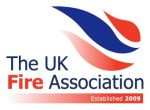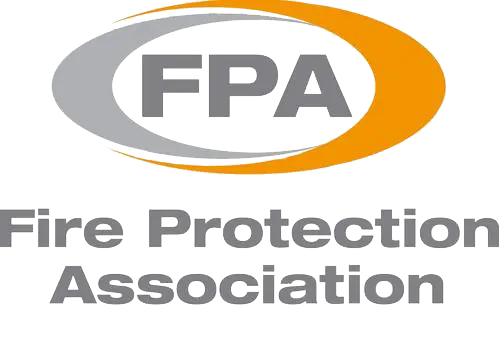When it comes to protecting kitchens, canteens, restaurants, and catering facilities, there’s one type of fire extinguisher that stands out above the rest: the wet chemical extinguisher.
Unlike other extinguishers, wet chemical models are specifically designed to tackle the unique hazards posed by cooking oils and fats—making them the best choice for dealing with Class F fires.
If you manage a commercial kitchen or any food preparation area, understanding why wet chemical extinguishers matter—and how to keep them maintained and compliant—is crucial.
What Makes Wet Chemical Extinguishers Different?
Cooking oil and fat fires are extremely dangerous.
Once ignited, burning oils reach very high temperatures, and using water or other extinguishers can cause the flames to spread violently.
Wet chemical extinguishers contain a special agent that reacts with burning oil to form a thick, soapy layer over the surface.
This process, called saponification, cools the fire and prevents re-ignition.
Where Should They Be Used?
Wet chemical extinguishers are essential in:
- Commercial kitchens and restaurants
- Food trucks and catering facilities
- School and workplace canteens
- Anywhere with deep fat fryers or high-temperature cooking oils
They’re the only extinguisher type recommended for Class F fires involving cooking oils and fats.
British Standards and Compliance
Wet chemical extinguishers must comply with BS EN 3, the British Standard covering portable fire extinguishers. They also fall under BS 5306-3 for commissioning, maintenance, and servicing requirements.
Commissioning and Installation
A newly supplied wet chemical extinguisher should be commissioned on site by a qualified fire extinguisher technician.
This involves:
- Checking for damage and ensuring correct weight and pressure
- Applying maintenance and service labels
- Installing the unit in an accessible, clearly visible location near cooking areas
- Providing the right signage indicating its use and the fire classes it covers
Wet Chemical Fire Extinguisher Servicing Requirements
Annual servicing is mandatory.
Wet chemical extinguishers should be checked by a competent technician to ensure:
- The pressure gauge (if fitted) is correct
- No signs of corrosion, leakage, or damage
- The nozzle, hose, and operating mechanisms are intact and functional
- Labels and instructions remain clear and readable
Every five years, they require an extended service which includes discharging, internal inspection, refilling or replacement, and repressurising.
Signage and User Training
Fire safety law also requires clear signage near all fire extinguishers.
In a kitchen environment, it’s vital staff know how to identify and use wet chemical extinguishers properly—using the wrong extinguisher on a cooking oil fire can make things worse.
Providing staff training on extinguisher use, particularly for kitchen teams, is a legal obligation and good practice for overall safety.
How ESI Can Help
At ESI, we understand the unique risks of commercial kitchens and high-risk cooking areas. We offer:
- Supply: High-quality wet chemical fire extinguishers that meet UK standards
- Install: Professional fire extinguisher commissioning and placement advice to protect your staff and customers
- Maintain: Annual and extended servicing in line with BS 5306-3
- Decommission: Safe removal of expired units
- Recycle: Environmentally friendly disposal and recycling of old fire extinguishers
Stay Safe in the Kitchen
Cooking areas pose some of the highest fire risks in any building.
Don’t leave safety to chance.
Ensure you have the right wet chemical extinguishers, properly installed, maintained, and ready to use.
Contact ESI today to arrange a site survey, schedule servicing, or learn more about how we can help keep your kitchen safe and compliant.











